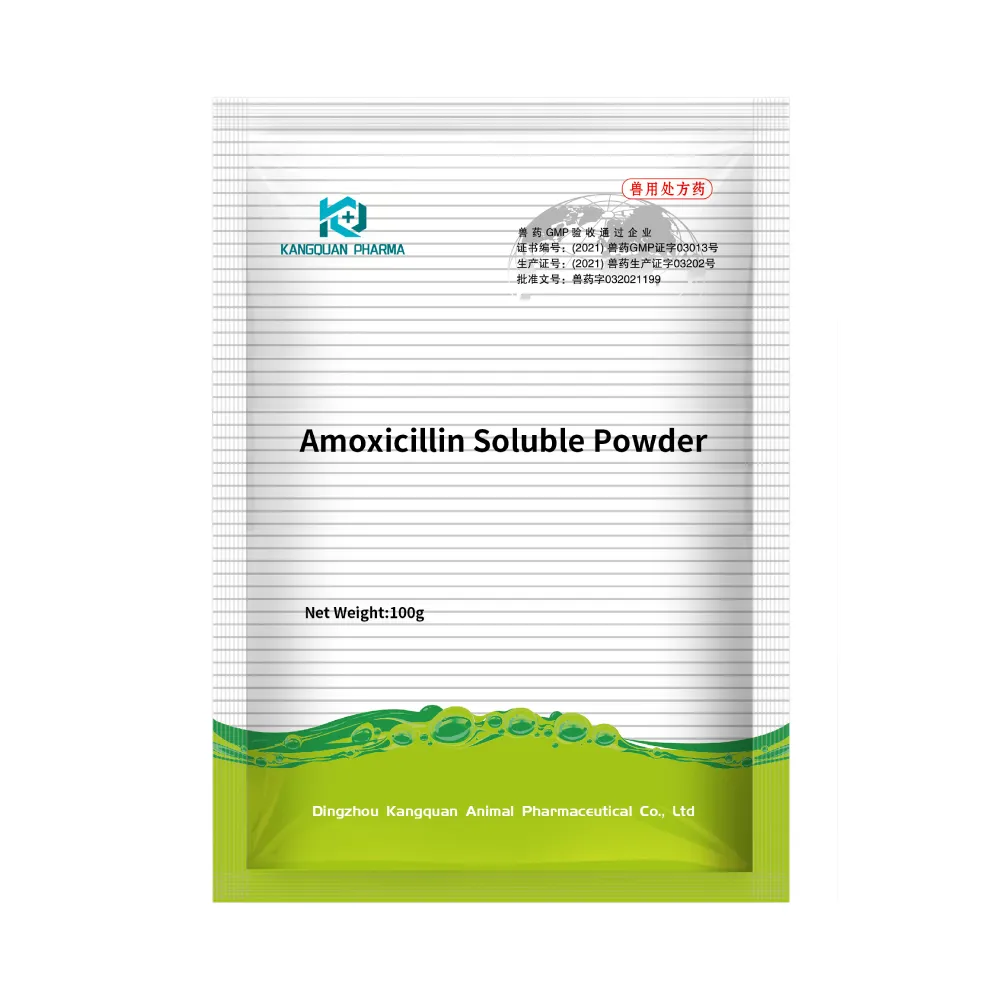- Afrikaans
- Albanian
- Amharic
- Arabic
- Armenian
- Azerbaijani
- Basque
- Belarusian
- Bengali
- Bosnian
- Bulgarian
- Catalan
- Cebuano
- Corsican
- Croatian
- Czech
- Danish
- Dutch
- English
- Esperanto
- Estonian
- Finnish
- French
- Frisian
- Galician
- Georgian
- German
- Greek
- Gujarati
- Haitian Creole
- hausa
- hawaiian
- Hebrew
- Hindi
- Miao
- Hungarian
- Icelandic
- igbo
- Indonesian
- irish
- Italian
- Japanese
- Javanese
- Kannada
- kazakh
- Khmer
- Rwandese
- Korean
- Kurdish
- Kyrgyz
- Lao
- Latin
- Latvian
- Lithuanian
- Luxembourgish
- Macedonian
- Malgashi
- Malay
- Malayalam
- Maltese
- Maori
- Marathi
- Mongolian
- Myanmar
- Nepali
- Norwegian
- Norwegian
- Occitan
- Pashto
- Persian
- Polish
- Portuguese
- Punjabi
- Romanian
- Russian
- Samoan
- Scottish Gaelic
- Serbian
- Sesotho
- Shona
- Sindhi
- Sinhala
- Slovak
- Slovenian
- Somali
- Spanish
- Sundanese
- Swahili
- Swedish
- Tagalog
- Tajik
- Tamil
- Tatar
- Telugu
- Thai
- Turkish
- Turkmen
- Ukrainian
- Urdu
- Uighur
- Uzbek
- Vietnamese
- Welsh
- Bantu
- Yiddish
- Yoruba
- Zulu
डिस . 06, 2024 20:09 Back to list
oxytetracycline injection veterinary uses
Oxytetracycline Injection Veterinary Uses and Applications
Oxytetracycline is a broad-spectrum antibiotic that belongs to the tetracycline class of antibiotics. It was first isolated from the bacterium *Streptomyces aureofaciens* in the 1940s and has since been extensively used in various fields, particularly in veterinary medicine. This article explores the veterinary uses of oxytetracycline injection, discussing its efficacy, application methods, and the benefits it brings to animal health.
Mechanism of Action
Oxytetracycline works by inhibiting protein synthesis in bacteria, ultimately leading to their growth inhibition or death. It achieves this by binding to the 30S ribosomal subunit of the bacterial ribosome, preventing the attachment of aminoacyl-tRNA. This action renders it effective against a wide range of Gram-positive and Gram-negative bacteria, as well as some protozoans, making it a versatile choice for treating various infections in animals.
Common Veterinary Uses
1. Respiratory Infections Oxytetracycline is commonly used to treat respiratory infections in livestock, particularly in cattle, pigs, and poultry. Diseases such as pneumonia and infectious bovine rhinotracheitis (IBR) can significantly diminish productivity and lead to economic losses. The use of oxytetracycline helps to control these infections, thereby fostering healthier livestock.
2. Skin Infections The antibiotic is also effective against skin infections in companion animals. Conditions like pyoderma, which often arises from bacterial infections, can be treated with oxytetracycline injection. Its anti-inflammatory properties further help in reducing swelling and pain associated with skin conditions.
3. Urinary Tract Infections In various species, including dogs and cats, oxytetracycline can treat urinary tract infections (UTIs). Due to its ability to penetrate tissues and excreted through the kidneys, it proves useful in managing infections in the urinary system.
oxytetracycline injection veterinary uses

4. Endometritis and Other Reproductive Issues In reproductive health, oxytetracycline is utilized to manage endometritis in cattle and other reproductive tract infections in various species. By treating such conditions promptly, farmers are able to maintain herd fertility and overall productivity.
5. General Antibacterial Therapy In mixed-animal practices, oxytetracycline is often the go-to antibiotic for empirical treatment, as it provides broad coverage against various pathogens. Its versatility makes it a critical component of the veterinary pharmacopoeia.
Administration and Dosage
Oxytetracycline injection is typically administered intramuscularly or intravenously, depending on the severity of the infection and the animal's condition. Dosage varies based on the species being treated, the severity of the infection, and veterinary guidelines. It is crucial for veterinarians to follow established protocols to ensure the effectiveness of the treatment, while also minimizing adverse effects and resistance development.
Considerations and Precautions
While oxytetracycline is generally safe when used appropriately, there are certain considerations that veterinarians must keep in mind. Tetracyclines can stain teeth in young animals and may cause gastrointestinal upset. Therefore, caution is advised when administering this antibiotic to pregnant or nursing animals. Additionally, the emergence of antibiotic resistance is a growing concern in both human and veterinary medicine. As such, responsible use and adherence to protocols are essential for sustainable effectiveness.
Conclusion
Oxytetracycline injection is a powerful tool in veterinary medicine, providing effective treatment for a variety of bacterial infections across multiple species. Its broad-spectrum activity and relatively low cost make it a staple in both livestock and companion animal care. However, responsible use is vital to combat the challenges posed by antibiotic resistance. By understanding the correct applications and potential side effects, veterinarians can ensure that oxytetracycline remains a valuable component of animal health management. As research advances, continued investigation into optimizing antibiotic use in veterinary practice will be pivotal in safeguarding animal health and promoting productivity in the agriculture sector.
-
Guide to Oxytetracycline Injection
NewsMar.27,2025
-
Guide to Colistin Sulphate
NewsMar.27,2025
-
Gentamicin Sulfate: Uses, Price, And Key Information
NewsMar.27,2025
-
Enrofloxacin Injection: Uses, Price, And Supplier Information
NewsMar.27,2025
-
Dexamethasone Sodium Phosphate Injection: Uses, Price, And Key Information
NewsMar.27,2025
-
Albendazole Tablet: Uses, Dosage, Cost, And Key Information
NewsMar.27,2025













